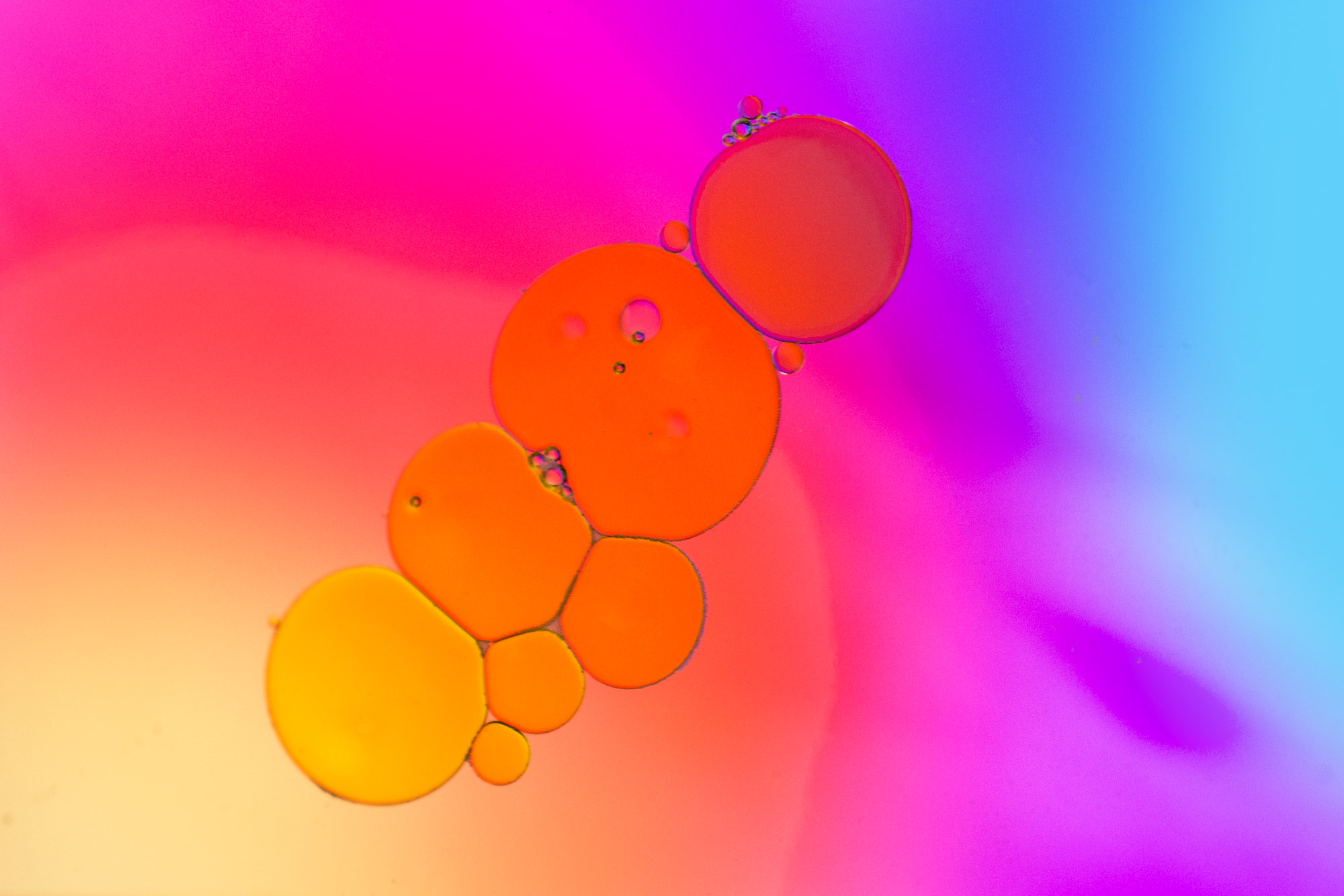Euterpe Oleracea Fruit Oil (Açai)

Açai is a 15 to 25 m tall palm of the Amazon rainforest. Açai fruit is one of the most important export products of the Brazilian food industry. The global trade of açai fruit began flourishing around 2000, although it has been used traditionally for centuries in diet, medicine and cosmetics.
Botanical characteristics: leaves pinnate, up to 3 m long; inflorescence dense, racemose, flowers brown or red, pentamerous; fruits botanically termed drupes, round, up to 2 cm in diameter, in bunches of 700 to 900, exocarp thin, dark red or dark blue to almost black, mesocarp fleshy, thin (approximately 1 mm), endocarp hard, 1 cm in diameter, with 1 seed.
Açai pericarp contains 25 to 50% oil. Approximately 50% of fatty acids in triglycerides are represented by oleic acid followed by palmitic and linoleic acids in descending order. The content of palmitic acid is high for a vegetable oil. Characteristic is the presence of palmitoleic acid, which is only rarely found in vegetable oils. Açai oil is also rich in phenols, particularly phenol acids (i.e. ferulic, p-hydroxybenzoic, protocatechuic, syringic and vanillic acids) and procyanidin dimers and trimers, which increase the oil’s oxidative stability. It is therefore considered stable against oxidation. Açai oil has a dark-green colour, a distinctive sweetish odour reminiscent of the fruit pulp and is slightly more viscous than a typical vegetable oil.
In terms of its chemical composition, açai oil is considered a unique vegetable oil, and no suitable substitute among other vegetable oils exists. Given its content of palmitoleic acid, açai oil belongs to a special group of vegetable oils, together with avocado, Chilean hazel, macadamia and sea buckthorn oils.
Mechanism of action and use
Açai oil is usually found in cosmetic products for the care of mature skin, as it is supposed to have antioxidative, regenerative and anti-ageing properties expressed by phenols, phytosterols and linoleic acid. Due to its high content of palmitic acid, it is considered a substitute for vegetable butters, however, it gives a more pleasant, lighter, non-oily feeling on the skin. In vitro studies have proven its antioxidative activity to be higher than the antioxidative activity of olive oil. The amount of açai oil in a cosmetic product must be carefully planned, as it may leave a strong colouration. In addition, some caution is advised in terms of the long-term daily use due to the high
content of oleic acid in açai oil, which may negatively affect the skin’s barrier function.
Source: Modern Cosmetics - Dr. Damjan Janeš and Dr. Nina Kočevar Glavač